Costa Rica Real Estate Market 2025-2028: What to Expect and Where Prices Are Headed
Welcome to an in-depth exploration of the Costa Rica real estate market for 2025 through 2028. If you’ve been curious about investing in this tropical paradise, retiring here, or simply want to understand where property prices are headed in popular expat towns like Tamarindo, Playas del Coco, and Nosara, you’re in the right place. I’m Joseph with Nosara Realty Group, bringing you over two decades of real estate experience from Toronto to the stunning coasts of Costa Rica. Buckle up, because the forecast is sunny with a chance of rising home values!
Table of Contents
- Why Costa Rica? A Quick Snapshot of the Country’s Economic Landscape
- The Foreign Influence: Who’s Buying Homes in Costa Rica?
- Foreign Ownership: How Much of the Market Do They Control?
- Understanding Home Prices: A Tale of Three Towns
- New Construction Trends: Are We Building Enough?
- Seasonal Trends and Buying Tips
- Investment Opportunities: Cash Flow and Financing
- Summary: What to Expect in the Costa Rica Real Estate Market 2025-2028
- Frequently Asked Questions (FAQ)
Why Costa Rica? A Quick Snapshot of the Country’s Economic Landscape
Before diving into real estate prices and trends, it’s crucial to understand the backdrop: Costa Rica itself. This small but mighty country covers about 51,000 square kilometers, with a population of roughly 5.15 million people. While not a giant on the global stage, Costa Rica’s GDP ranges between $145 billion to $184 billion, ranking it approximately 66th out of nearly 200 countries worldwide.
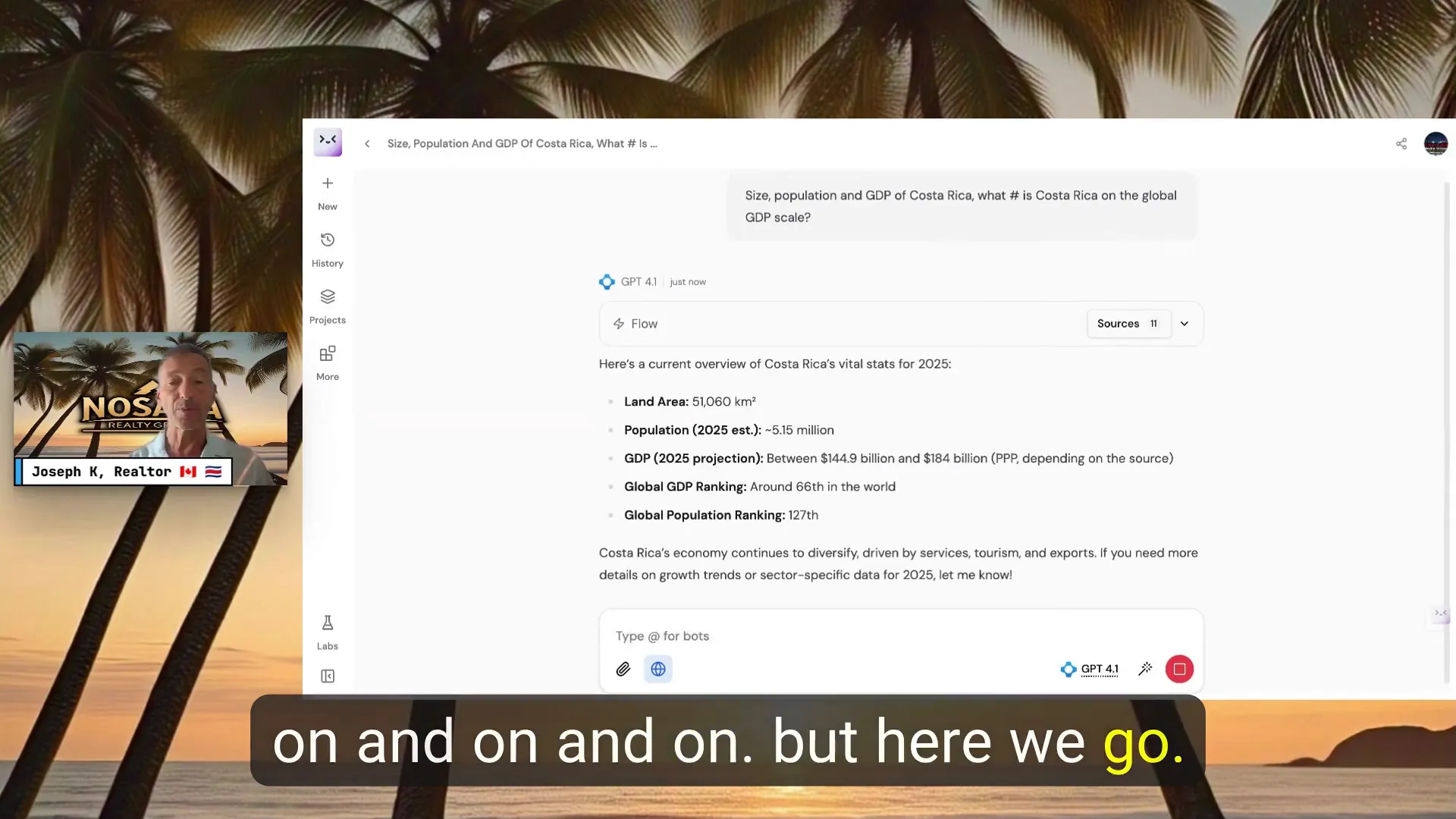
Despite its modest size and economic ranking, Costa Rica punches above its weight in diversity—economically and culturally. This diversity makes it an attractive destination not only for tourists but also for those seeking to relocate, invest, or retire.
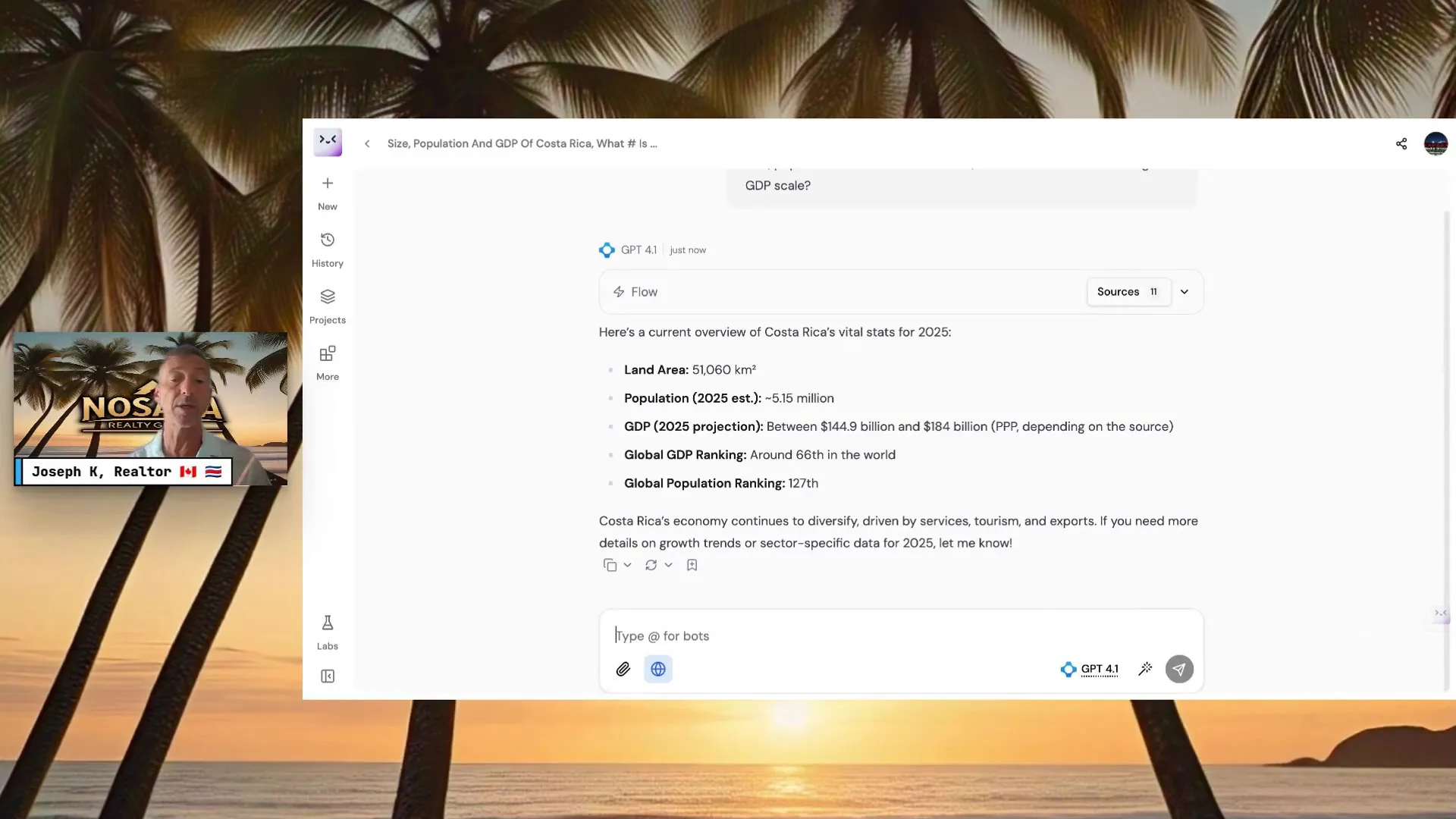
The Foreign Influence: Who’s Buying Homes in Costa Rica?
Here’s where it gets interesting: The expatriate community in Costa Rica is a significant economic engine. Approximately 70,000 to 120,000 U.S. citizens live here as residents, making Americans the largest foreign group by far. Canadians follow with 8,000 to 15,000 residents, and Europeans round out the mix with 15,000 to 25,000. Altogether, foreigners number between 110,000 to 200,000, depending on the source.
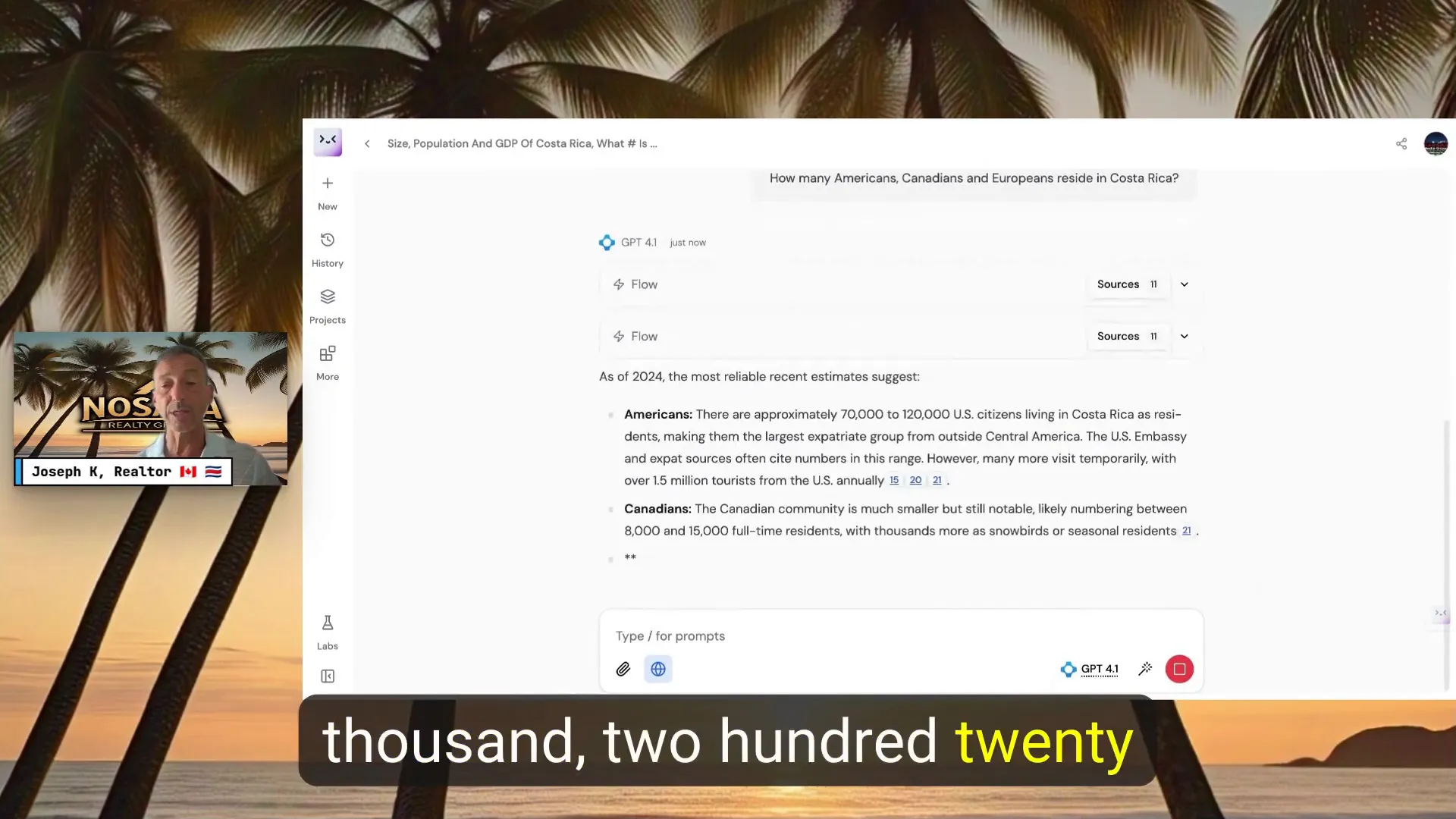
While these numbers might seem modest compared to Costa Rica’s total population, these expatriates are known to spend generously, hire local workers, and—this is the kicker—purchase nearly half, if not more, of the homes in popular areas. So, when you hear about a real estate boom, remember who’s fueling it!
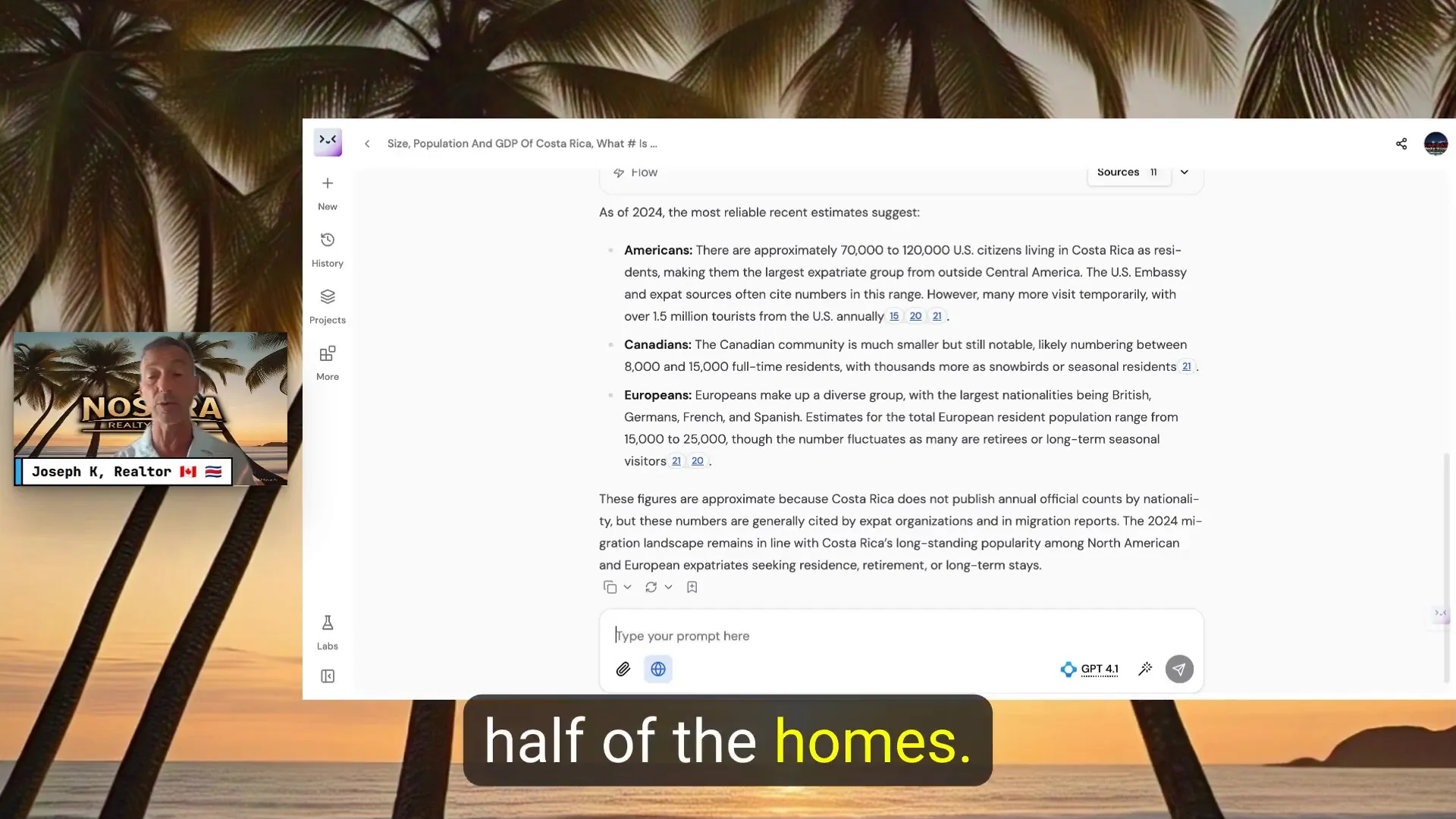
One recent policy change worth noting is the extension of tourist stays from 90 to 180 days. This move facilitates the “snowbird” lifestyle—perfect for anyone wanting to escape the cold northern winters and soak up the Pura Vida vibe for half the year.

Foreign Ownership: How Much of the Market Do They Control?
Now, for a juicy stat: Realtors in popular expat hubs estimate that anywhere between 70% to 80% of home purchases in places like Playas del Coco, Tamarindo, and Nosara are by foreigners—mostly Americans. However, this figure isn’t uniform across the country and is not officially confirmed, but it’s widely accepted in the industry.
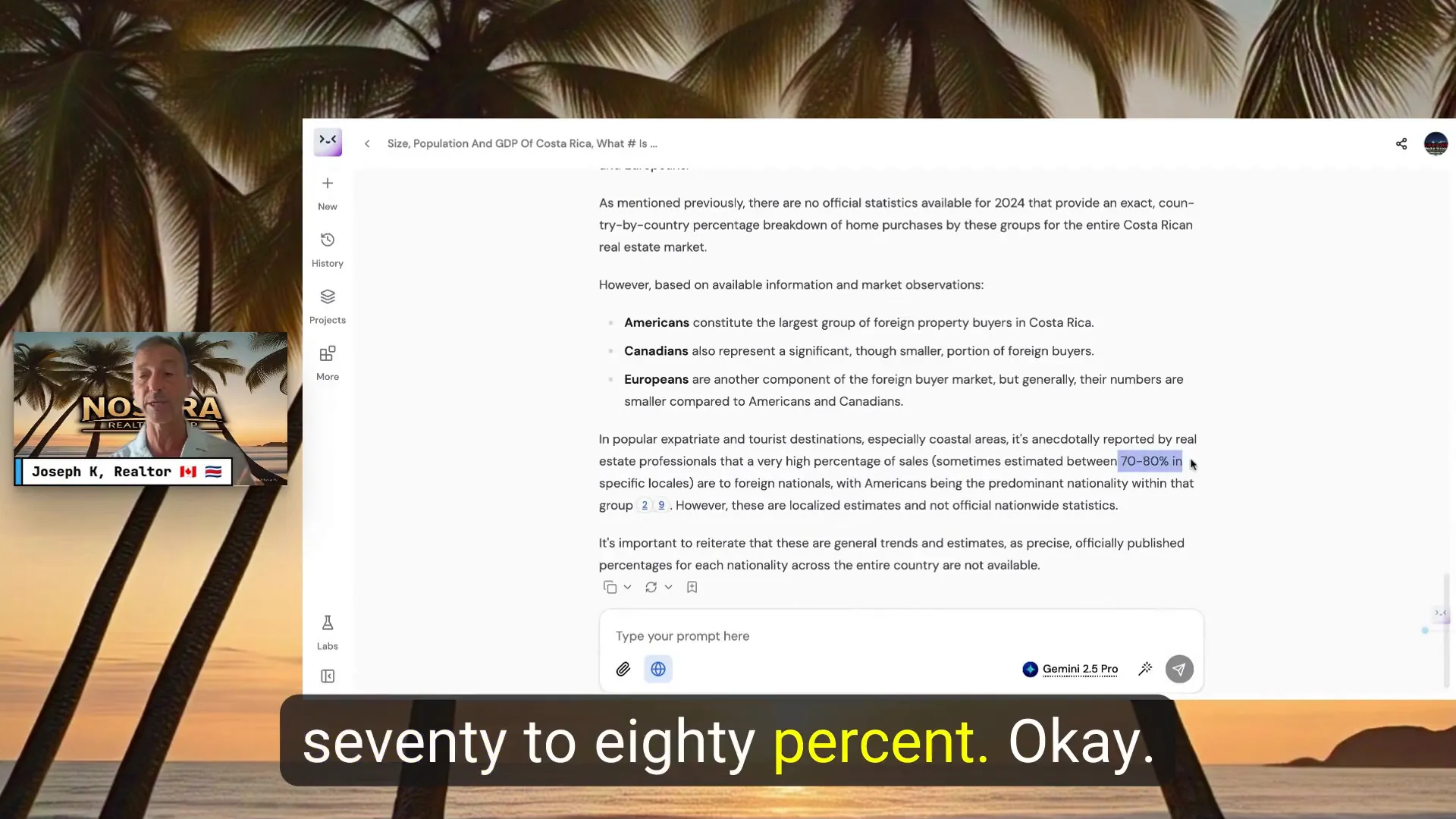
This means if you’re eyeing a property in these coastal towns, you’re likely competing in a market heavily influenced by international buyers. It’s like the world’s most exclusive beach party, and everyone’s RSVP’d “yes.”
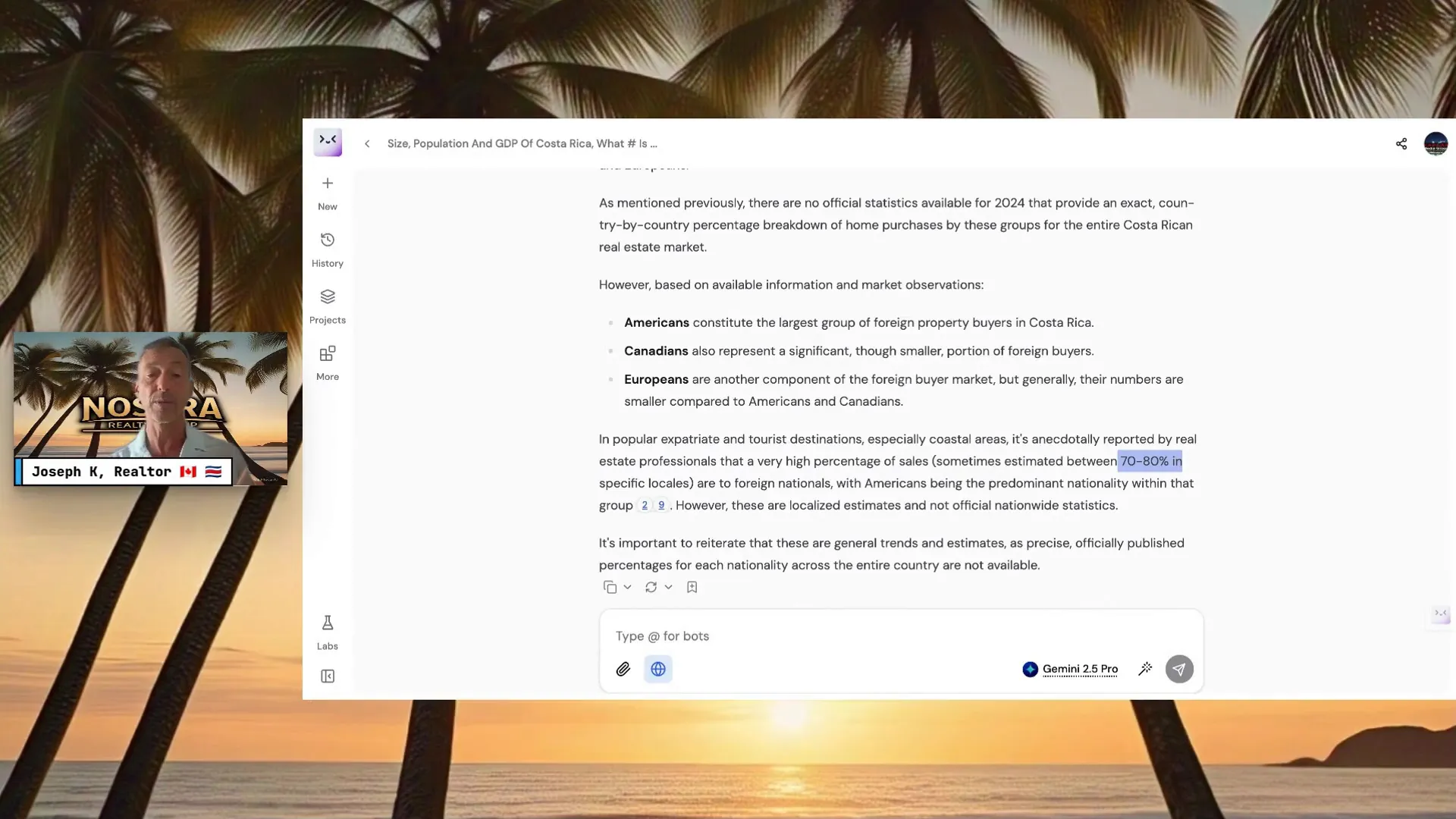
Understanding Home Prices: A Tale of Three Towns
Let’s talk numbers. The Costa Rica real estate market shows a wide range of prices influenced by location, property type, and market dynamics. Coastal areas where foreigners flock tend to have pricier homes, while inland small towns are significantly more affordable.
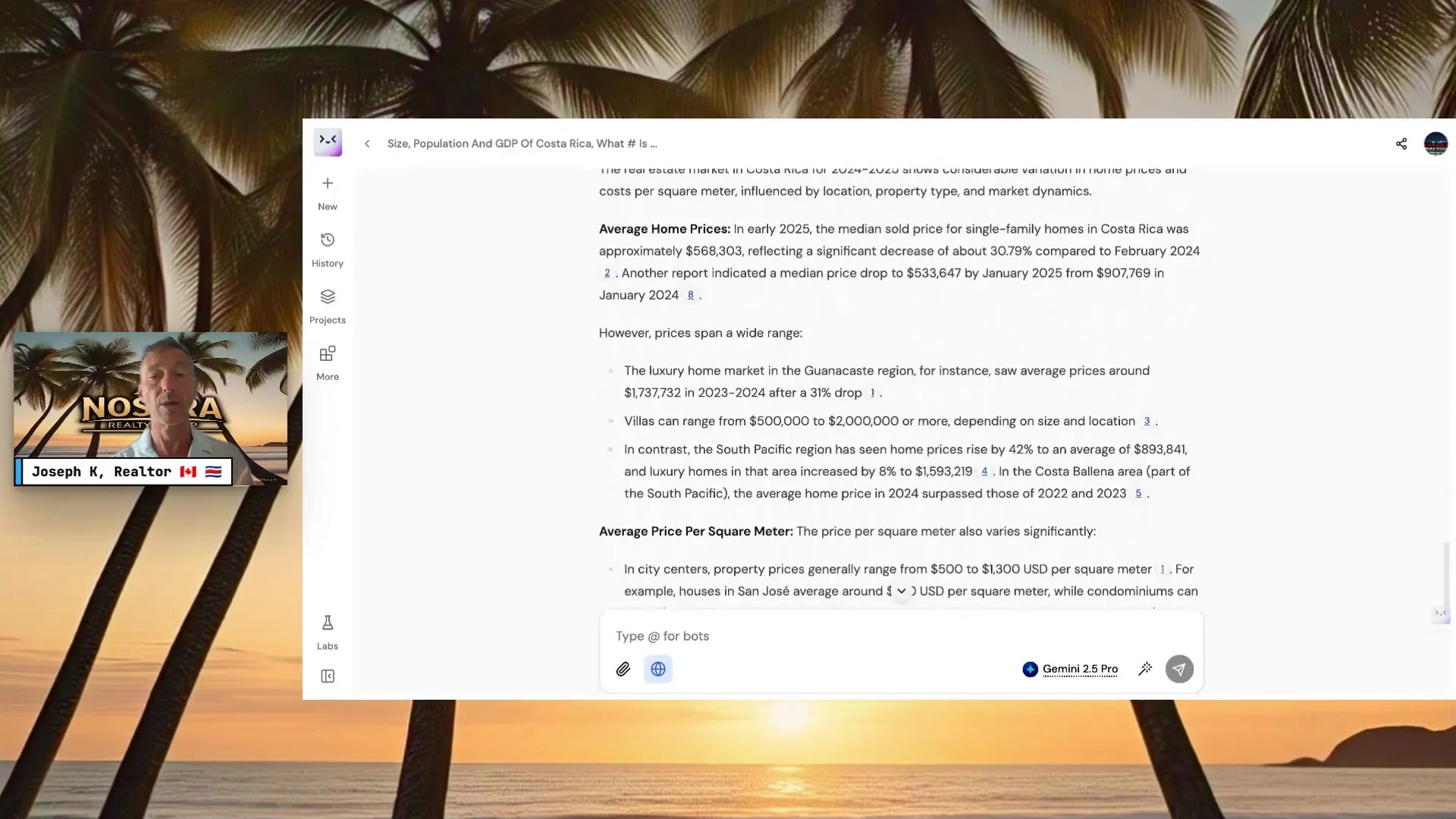
Early 2025 data suggests the median sold price for single-family homes across Costa Rica is around $568,000. Luxury homes in the Guanacaste region, which includes our focus towns, average about $1.7 million, with villas ranging from $500,000 to $2 million. Meanwhile, the South Pacific region has seen price increases of up to 42%, showing that demand is heating up nationwide.
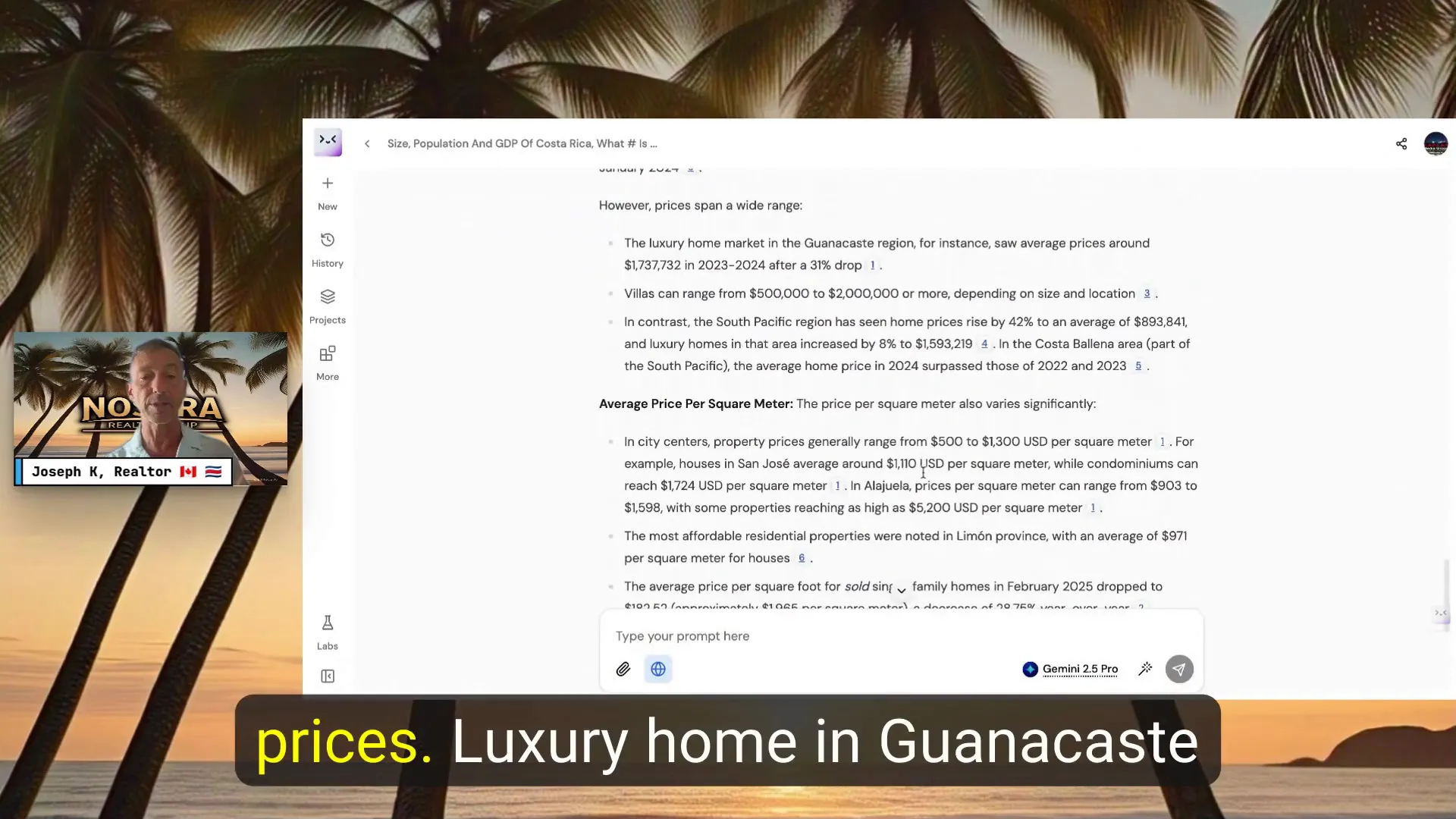
Prices per square meter vary between $500 to $1,300 in many areas, and condos in San Jose average about $1,700 per square meter. Construction costs in city centers range from $500 to $1,300 per square meter, with luxury homes costing between $2,700 to $3,000 per square meter. For those of you converting to square feet, expect roughly $250 to $350 per square foot in the more popular coastal towns.
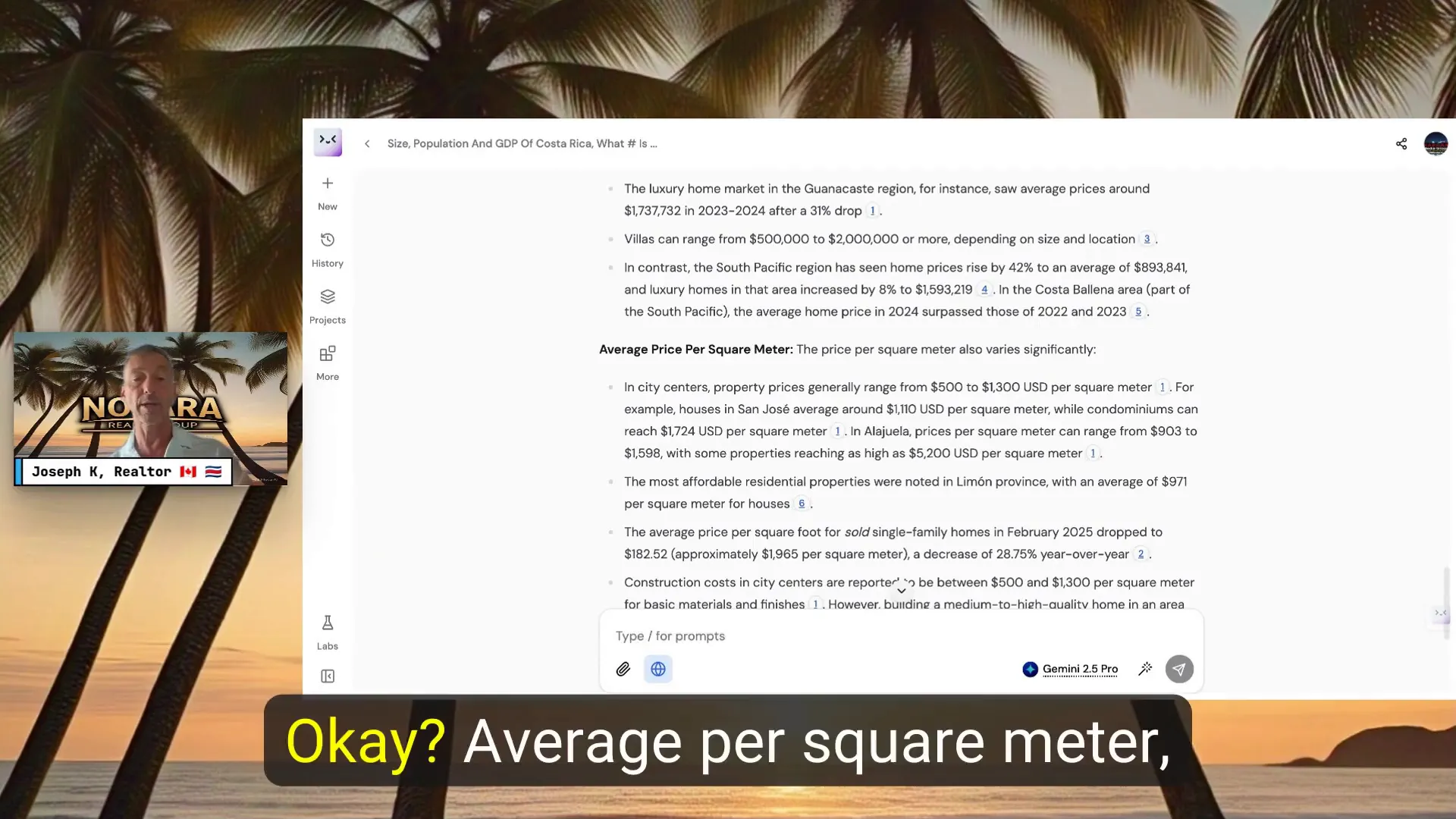
Breaking Down Prices by Town
Here’s a quick guide from least to most expensive:
- Playas del Coco: The most affordable of the three, with average home prices around $568,000 and lower price per square meter.
- Tamarindo: Mid-range pricing, with condos ranging from $1,400 to $1,800 per square meter and median home prices about $550,000. Prices spike closer to the ocean.
- Nosara: The priciest coastal town, with homes averaging from $500,000 up to $1 million or more. Condos range from $350 to $700 per square meter, but some luxury estates can hit $2,000 to $3,000 per square meter.
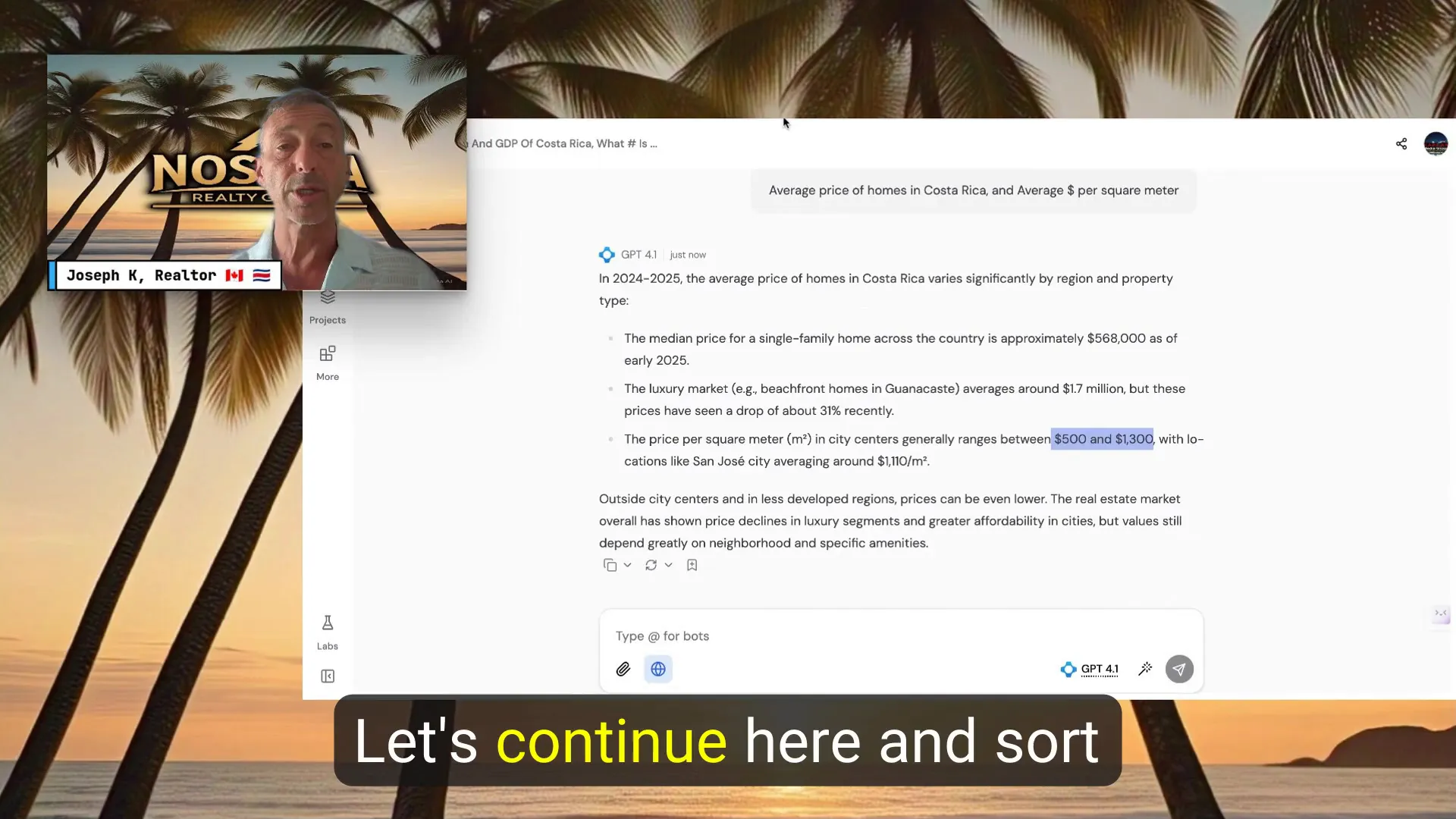
Nosara’s roads might be a bit bumpy (literally), but the premium comes with exclusivity, natural beauty, and a thriving expat community. Tamarindo offers paved roads, proximity to hospitals, and vibrant tourism—perfect for those wanting convenience without sacrificing paradise. Playas del Coco strikes a balance with affordability and access to amenities.
New Construction Trends: Are We Building Enough?
Let’s talk supply and demand, because that’s where real estate magic (or mayhem) happens. Approximately 4,000 new homes are built or sold each year in Costa Rica, which works out to about 12 to 15 homes per day. To put this in perspective, a city like Toronto sells more units monthly than Costa Rica does yearly.
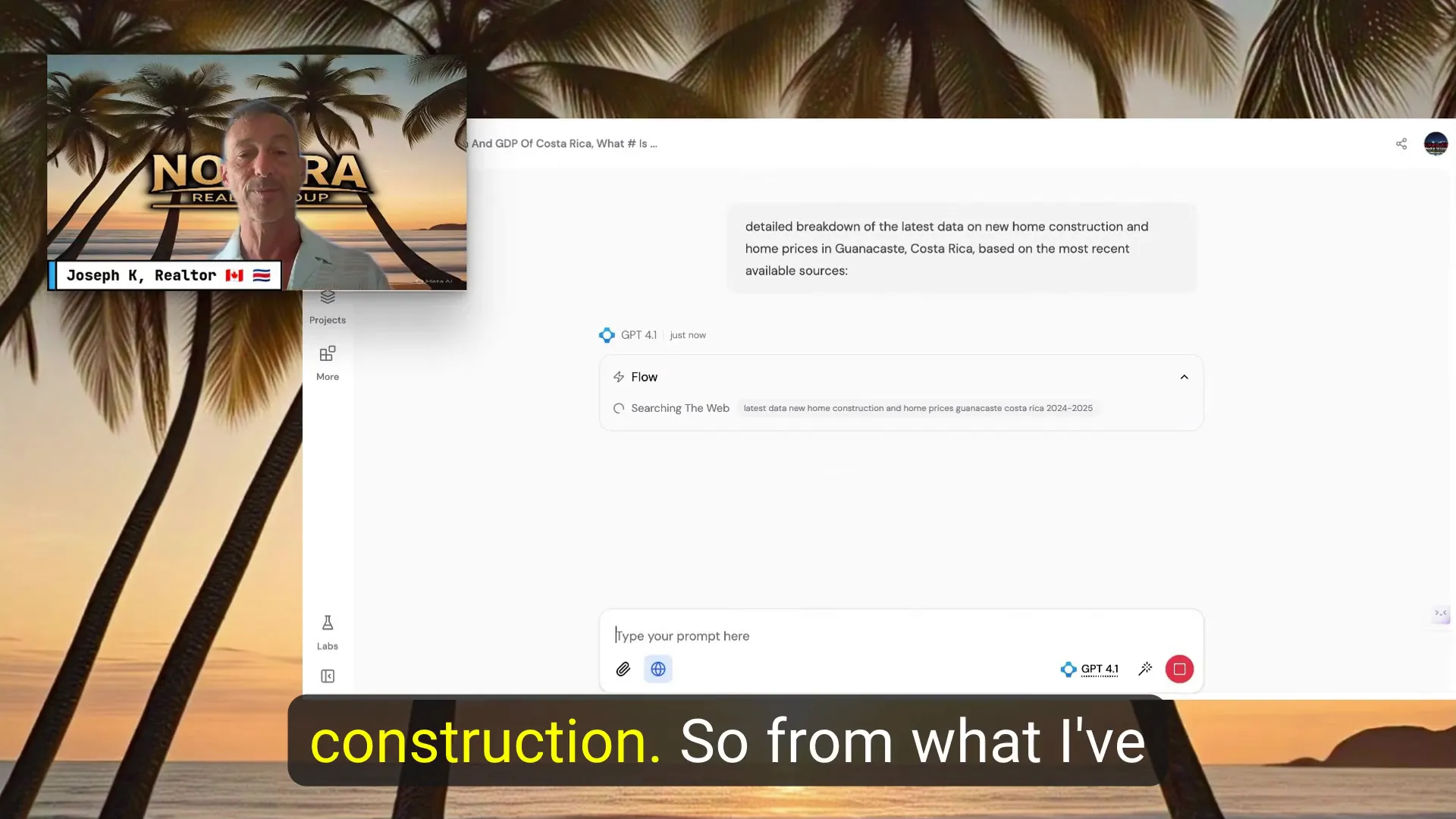
Construction permits are increasing by roughly 17% to 18% annually, signaling a steady growth in development. Popular areas like Tamarindo, Playa Flamingo, and Playa Hermosa are particularly active, thanks to improved infrastructure and paved roads from the airport. Nosara, however, still struggles with road access, which can affect prices and demand.
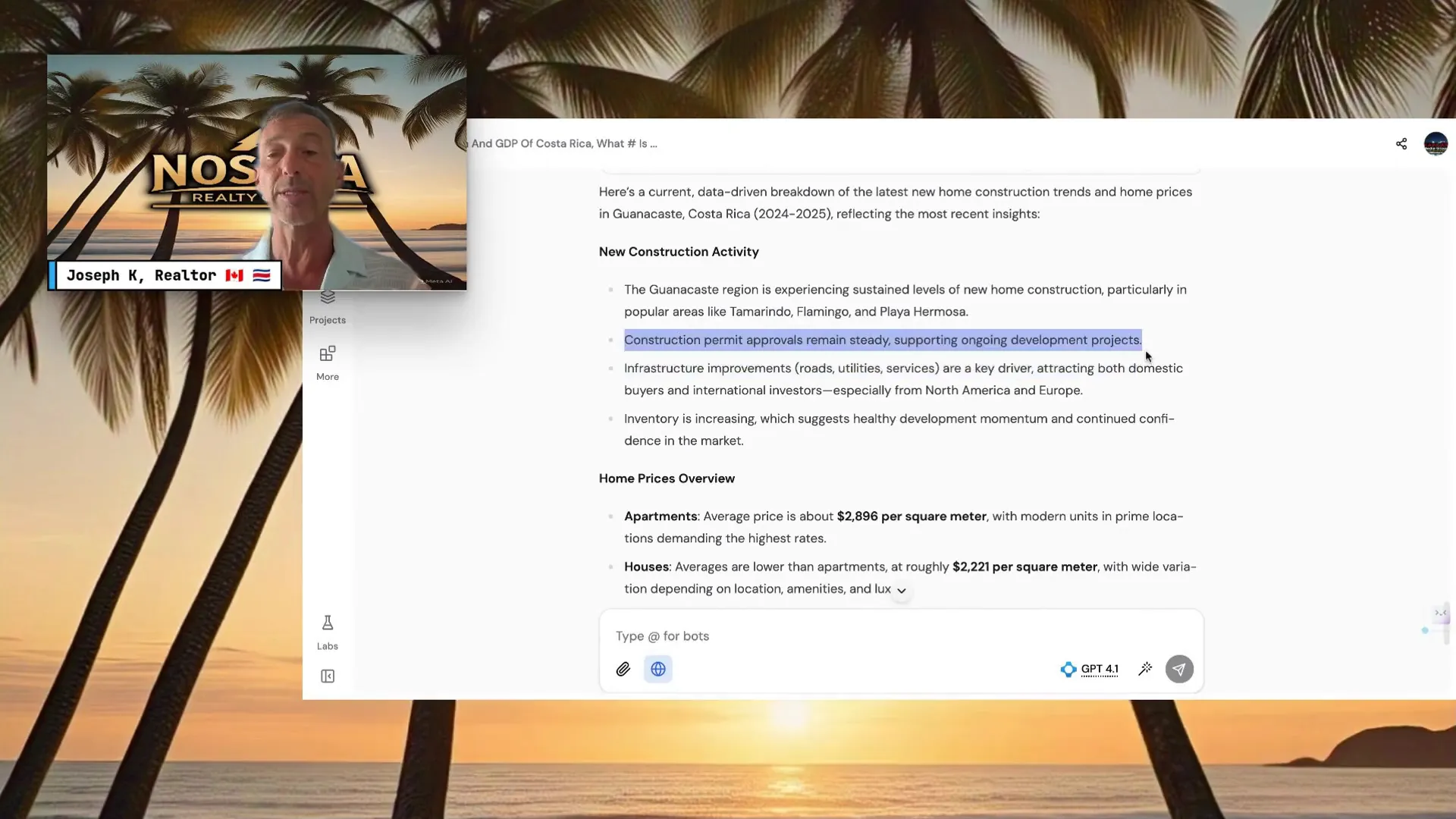
This supply growth is important to watch because the current number of new homes might not be enough to meet the growing demand from the expanding expat population. With over 200,000 foreigners living here, the 4,000 new homes per year cover only about 2% of that population’s housing needs.
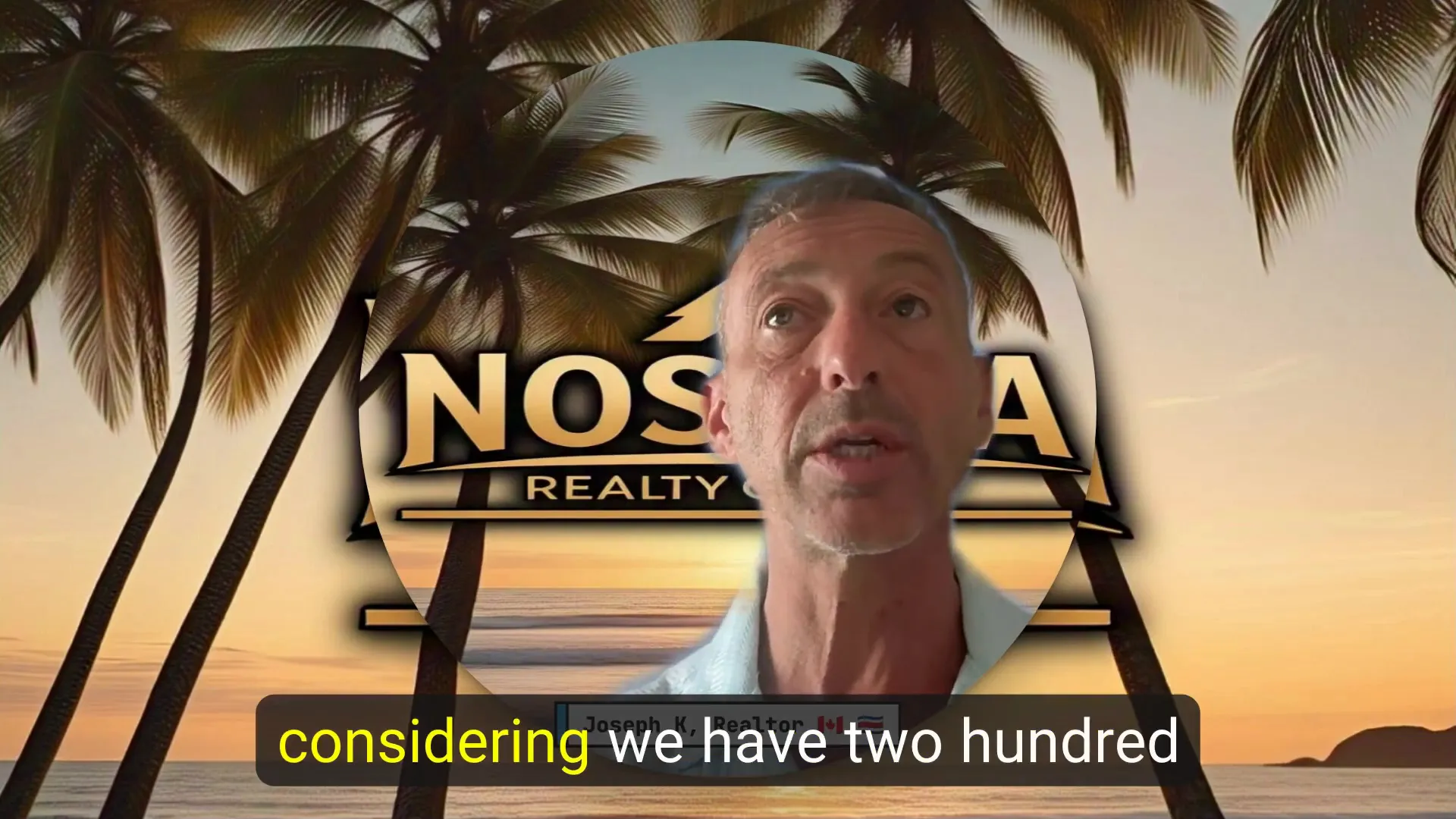
Seasonal Trends and Buying Tips
Here’s a little insider secret: Costa Rica’s rainy season often brings a price dip. Fewer buyers are around, transactions slow down, and sellers might be more willing to negotiate. If you’re willing to brave the occasional tropical downpour, you might snag a deal that’s off the beaten path.

Conversely, the dry season is the high season for buying. More tourists and expats visit, driving up demand and prices. So, timing your purchase can make a difference—think of it as the real estate equivalent of catching the perfect wave.
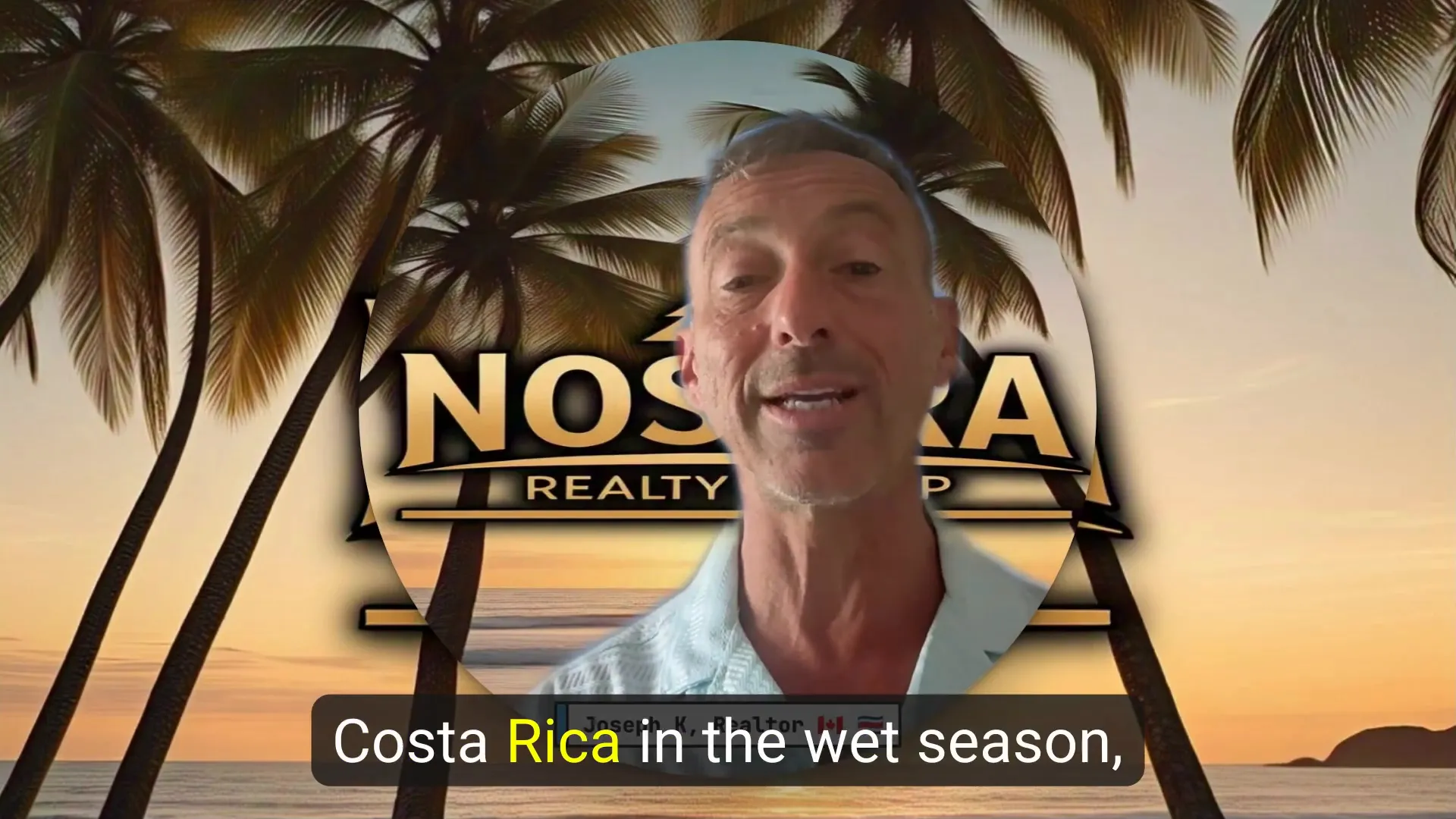
Investment Opportunities: Cash Flow and Financing
Many buyers in Costa Rica are not just looking for a vacation home but also for income-generating properties. The Airbnb market, especially in Tamarindo, is booming with roughly 1,778 listed units and thousands more rentals available. This makes short-term rental investments attractive with potentially strong returns.
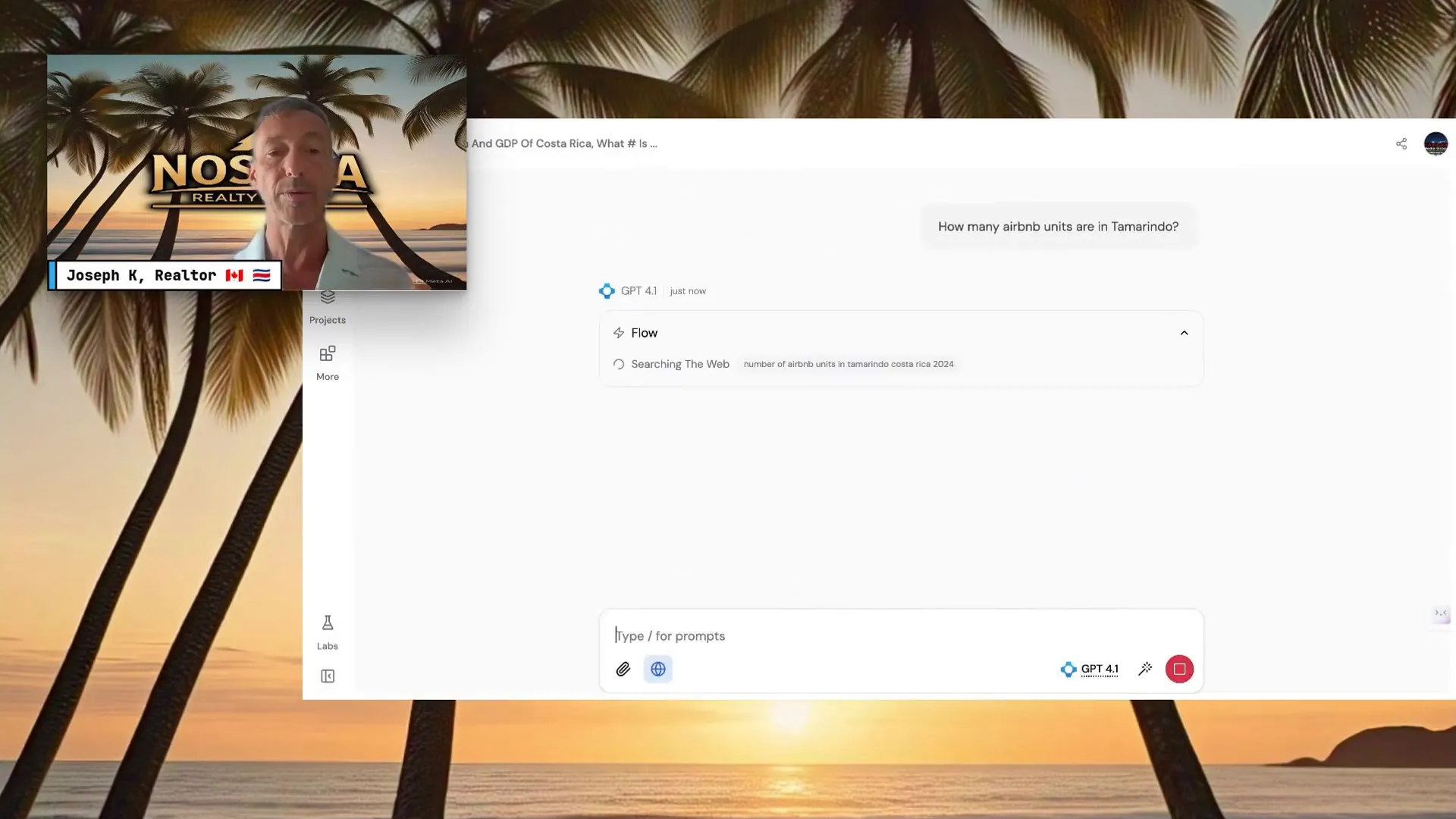
Financing options are also evolving. Many properties sell with a “50/50” deal—meaning 50% down payment and 50% mortgage. Whether through banks, vendor financing, or private loans, this structure allows buyers to break even or even generate positive cash flow from rental income. Clever, right? It’s like having your own little money-making tree in paradise.
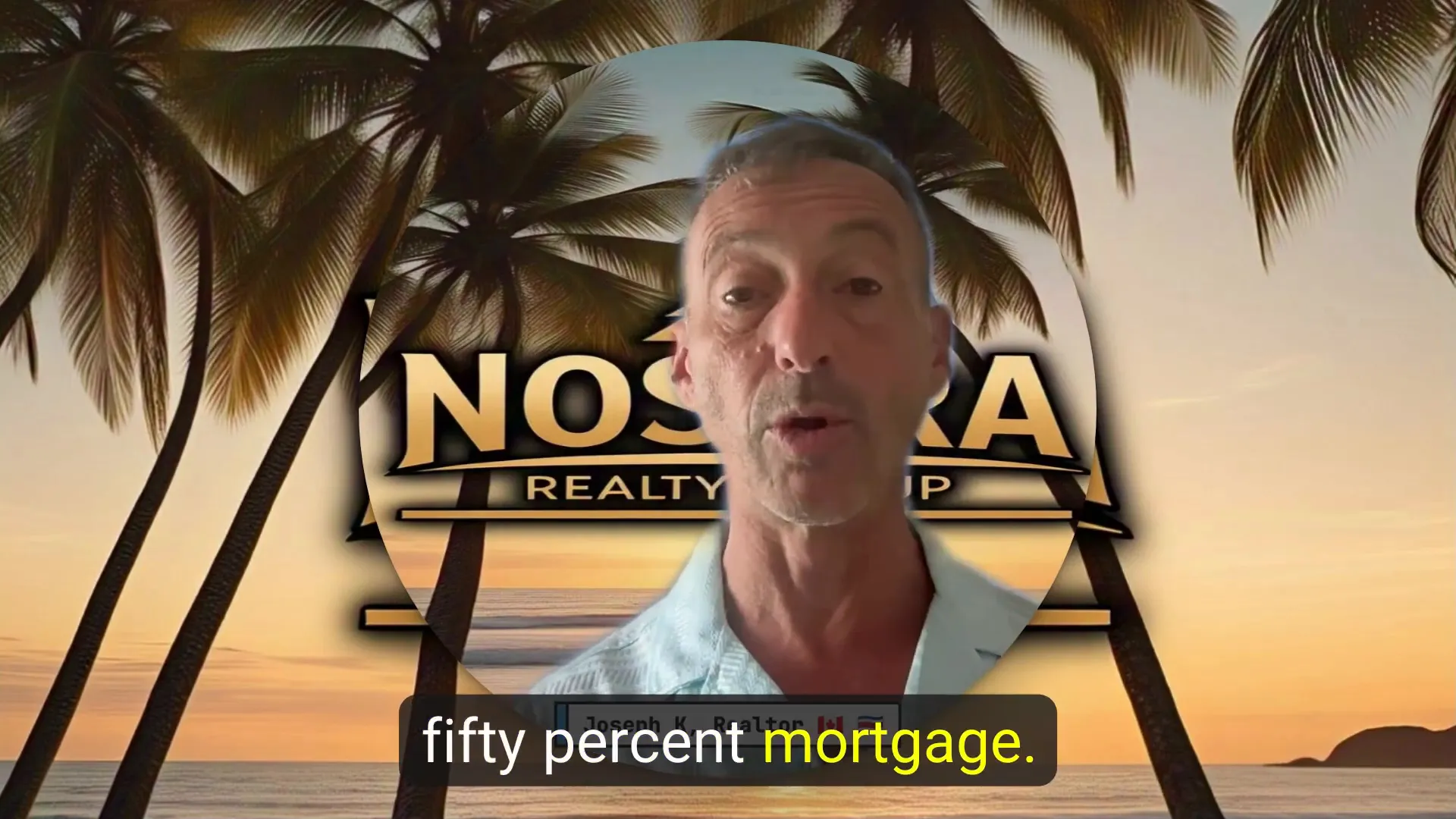
Summary: What to Expect in the Costa Rica Real Estate Market 2025-2028
- Prices are expected to continue rising due to demand outpacing supply, especially in popular expat and tourist areas like Tamarindo, Nosara, and Playas del Coco.
- Foreign buyers dominate the market in these hotspots, with Americans making up the majority.
- Infrastructure improvements and permit issuance growth support ongoing construction, but supply is still relatively limited.
- Seasonal buying strategies can help savvy buyers get better deals during the rainy season.
- Investment properties with rental income potential remain a strong play, especially with flexible financing options.
Frequently Asked Questions (FAQ)
Q: What are the average home prices in Costa Rica’s popular expat towns?
A: Prices vary by location, but expect about $568,000 median for single-family homes nationally. Playas del Coco is the most affordable of the three main towns, Tamarindo falls in the middle, and Nosara commands premium prices, sometimes reaching over $1 million for luxury homes.
Q: How much of the Costa Rica real estate market is owned by foreigners?
A: In popular expat areas, 70-80% of homes are owned by foreigners, mostly Americans, although this figure is lower nationwide and not officially confirmed.
Q: Are there good financing options for buying property in Costa Rica?
A: Yes, many sellers offer 50/50 deals with 50% down payment and 50% mortgage, which can help buyers achieve positive cash flow on rental properties.
Q: Is the Costa Rica real estate market expected to grow?
A: Yes, with increasing demand, limited supply, and growing infrastructure, prices are projected to rise through 2028.
Q: When is the best time to buy property in Costa Rica?
A: The rainy season often sees lower prices and less competition, making it a good time to negotiate deals. The dry season is the busy period with higher prices.
Q: How many foreigners live in Costa Rica?
A: Approximately 110,000 to 200,000 foreigners reside in Costa Rica, with Americans, Canadians, and Europeans making up the largest groups.
Whether you’re dreaming of a tropical retirement, a vacation home, or a lucrative investment, the Costa Rica real estate market offers exciting opportunities. With the right timing, location, and financing, you can join the ranks of savvy buyers enjoying all that this beautiful country has to offer. Ready to dive in? The paradise is waiting!
Looking for more detailed resources on the Costa Rica real estate market? Stay tuned as we curate valuable links and guides to help you navigate property investments, financing options, and lifestyle tips in this tropical paradise.